1. Sugar Smacks
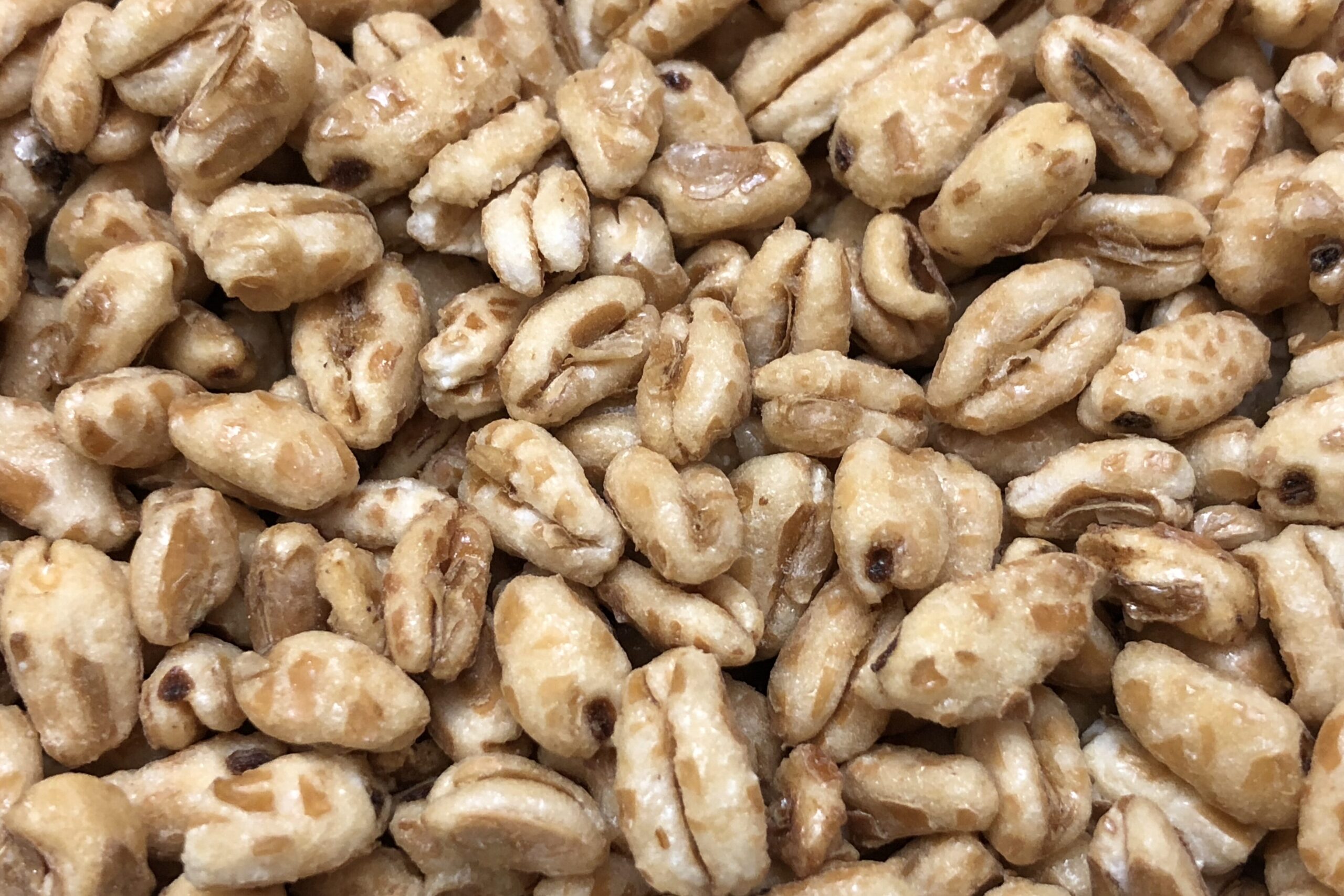
When Kellogg’s first launched Sugar Smacks in the early ’50s, it wasn’t shy about the sugar content. In fact, the name itself told you everything you needed to know, with each puffed wheat piece practically coated in a candy-like glaze. By the ’80s, nutrition experts started calling out cereals like this as more dessert than breakfast. Imagine parents today pouring a bowl for their kids with “sugar” written right in the title.
The cereal later went through a series of rebrands, first becoming Honey Smacks and trying to lean on the “honey” angle as a healthier spin. But no amount of clever marketing could change the fact that it had one of the highest sugar contents of any cereal on the shelf. While it still exists today in a toned-down version, the original formula would have parents and nutritionists alike in an uproar. It’s the kind of breakfast that looks more like candy disguised as whole grains.
2. Cookie Crisp

The idea of eating a bowl of mini chocolate chip cookies for breakfast sounds like a kid’s dream and a parent’s nightmare. Cookie Crisp was marketed as a fun way to start your day, but in reality, it was basically dessert in a cereal bowl. The mascot, first a wizard and later a mischievous dog and burglar, made kids beg for it even more. You could practically hear the crunch of sugar with every bite.
It wasn’t just the sugar that raised eyebrows, it was the concept itself. Imagine today’s school nutrition rules approving something that’s literally just tiny cookies swimming in milk. While Cookie Crisp is technically still around in a revised version, the original was far more indulgent. It’s safe to say the first formula would never get past today’s stricter food standards.
3. Sir Grapefellow
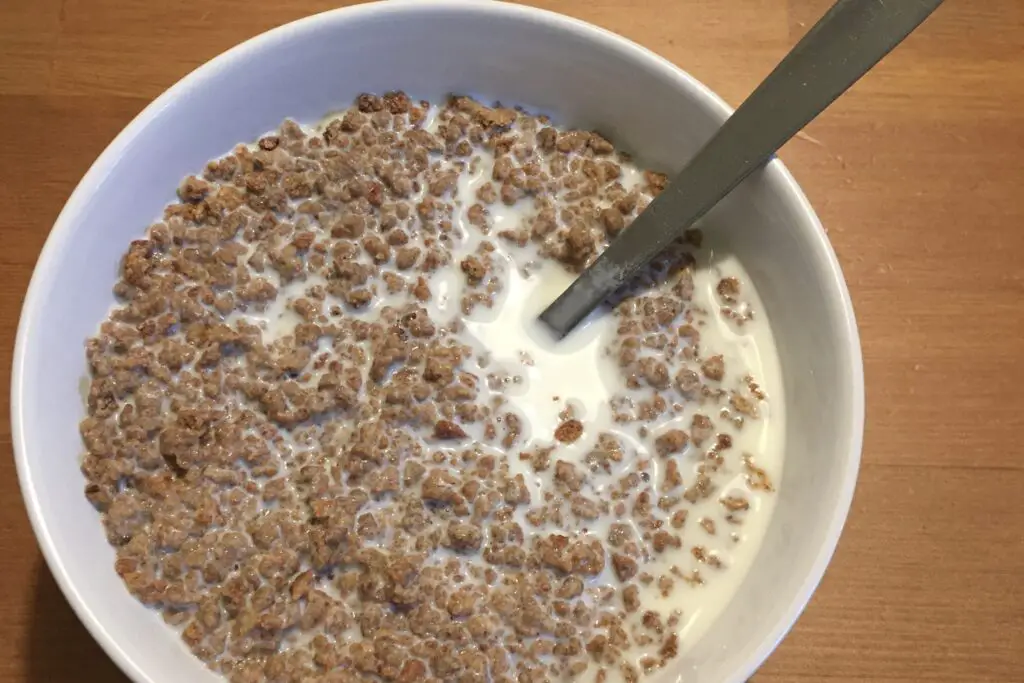
This General Mills oddity from the ’70s was a grape-flavored oat cereal with marshmallows shaped like little airplanes. Yes, grape and marshmallows. It was marketed with a cartoon British pilot, appealing to kids with silly commercials and purple coloring that looked suspicious in milk. The idea of grape-flavored cereal alone is a stretch, but adding sugar-loaded marshmallows pushed it into questionable territory.
It’s not hard to see why it didn’t last long. Beyond the strange flavor, modern parents would probably balk at the artificial dyes and sugar content. A cereal that looks and tastes like candy, with a gimmicky character attached, wouldn’t make it past today’s health-conscious filters. Sir Grapefellow was very much a product of its time, and that time has long since passed.
4. Donkey Kong Cereal
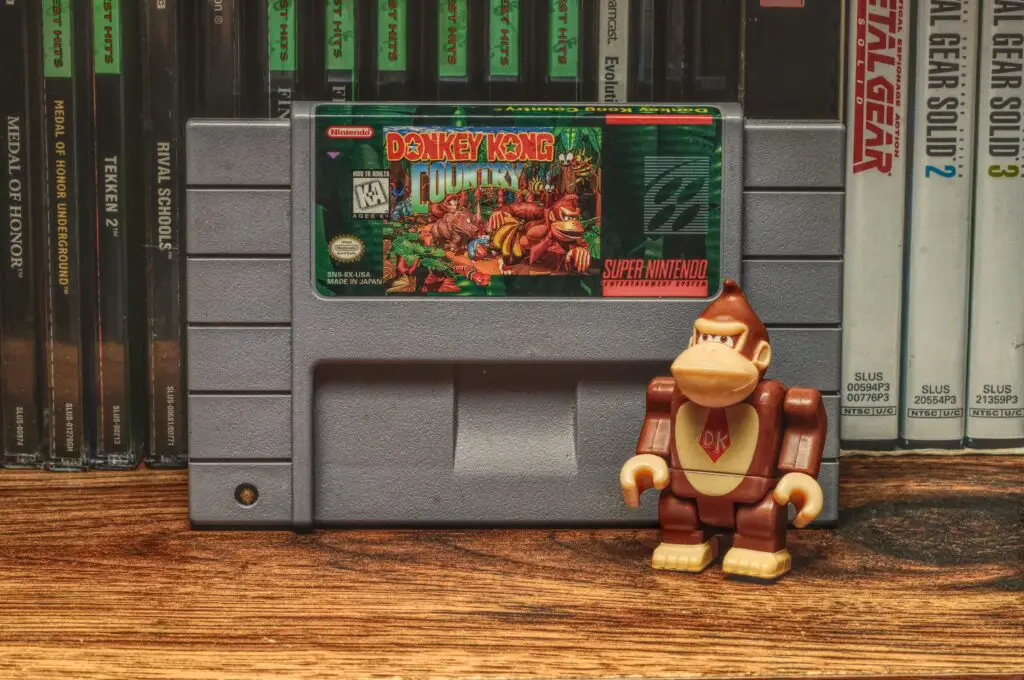
When video games became a craze in the early ’80s, marketers jumped at the chance to slap popular characters on cereal boxes. Donkey Kong Cereal was one of those tie-ins, with pieces shaped like barrels and flavored like sweetened corn. Kids thought it was cool to eat something tied to their favorite arcade character. But at the end of the day, it was just another sugar bomb with clever packaging.
The cereal had no real nutritional merit, and its connection to video games only encouraged kids to beg their parents for it. These days, companies would face backlash for targeting children so directly with a product this sugary. It disappeared quickly, but it’s remembered as one of the stranger “eat your favorite game” tie-ins. Donkey Kong may still be a video game legend, but his cereal wouldn’t pass the test now.
5. Kaboom
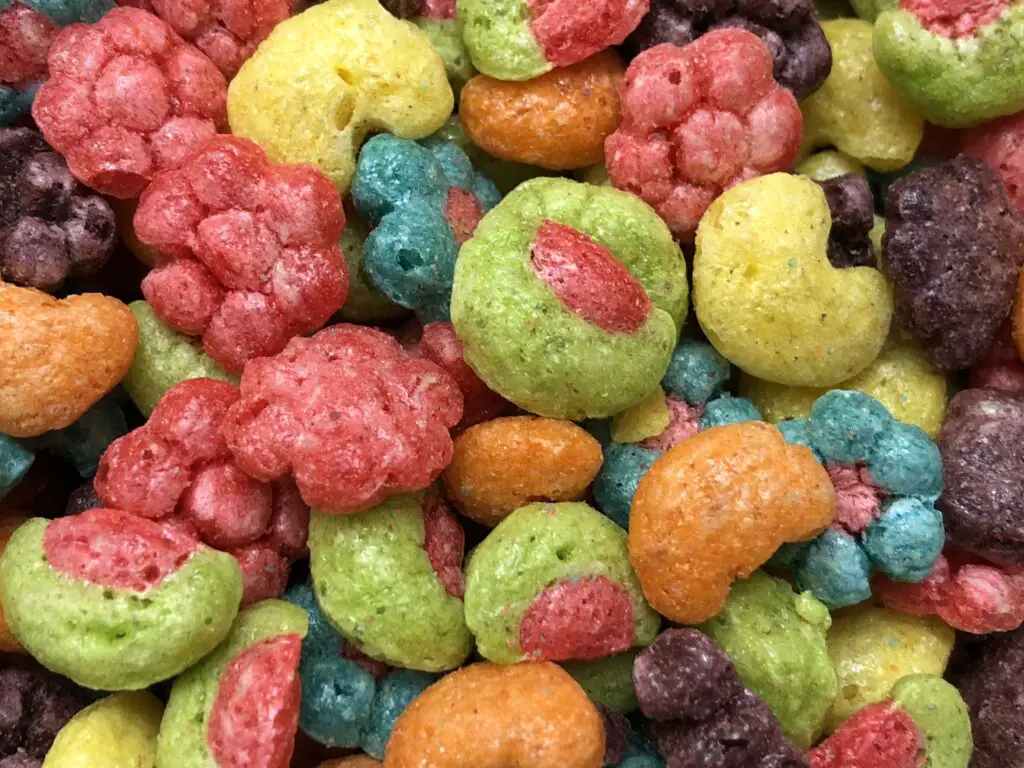
This clown-themed cereal from General Mills had brightly colored, fruit-flavored rings and marshmallows. If the box itself didn’t give you a sugar rush, the taste sure did. Kaboom leaned heavily on its circus imagery, with a grinning clown mascot that made the cereal unforgettable for some and downright creepy for others. It was the kind of cereal that screamed fun but left you bouncing off the walls.
Health-wise, Kaboom was loaded with sugar, artificial flavors, and dyes. It lingered on shelves longer than you’d expect, considering its reputation as one of the least nutritious cereals of its era. Looking back, it feels like the sort of product that slipped by when no one was really reading labels. There’s no way Kaboom would get approved today with stricter food guidelines.
6. Smurf-Berry Crunch
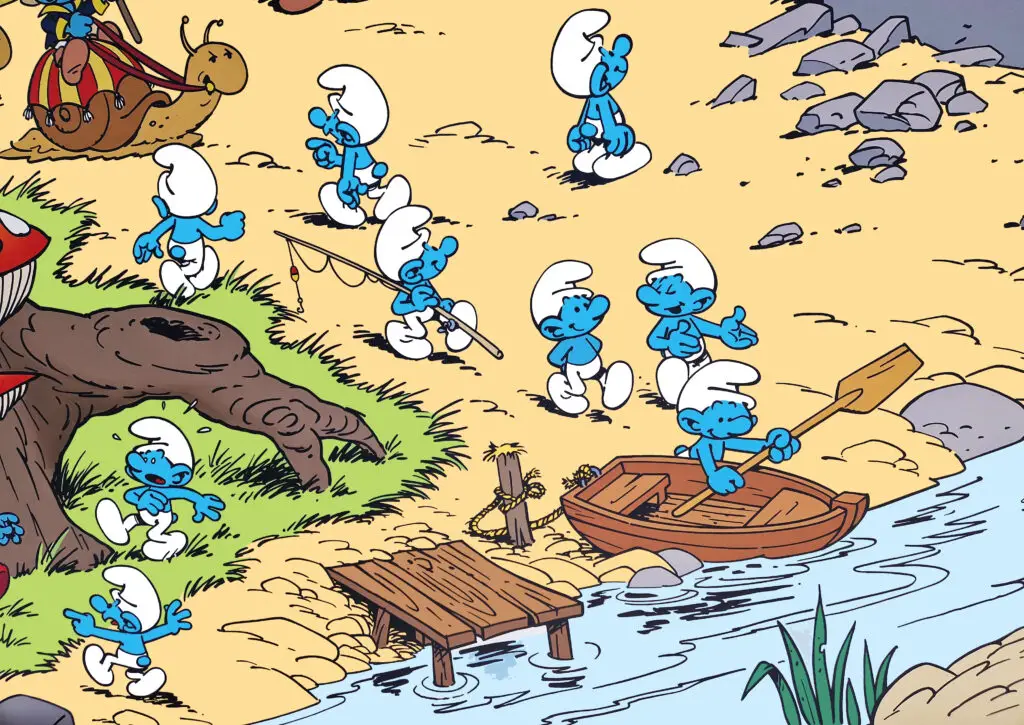
In the ’80s, the Smurfs were everywhere, and of course they ended up with their own cereal. Smurf-Berry Crunch was a berry-flavored cereal with bright colors that turned milk a strange shade of blue. It came with all the cartoonish marketing power of the Smurfs, which made it irresistible to kids. Parents, on the other hand, had to reckon with the sugar load and artificial dyes.
The fun packaging couldn’t hide the fact that it was another candy-like cereal. While it became a nostalgic favorite for those who grew up with it, it disappeared as tastes shifted toward healthier options. Today, something that turns your milk blue probably wouldn’t get past nutrition-conscious parents. Smurf-Berry Crunch is one of those cereals that could only exist in the sugar-happy ’80s.
7. Pac-Man Cereal
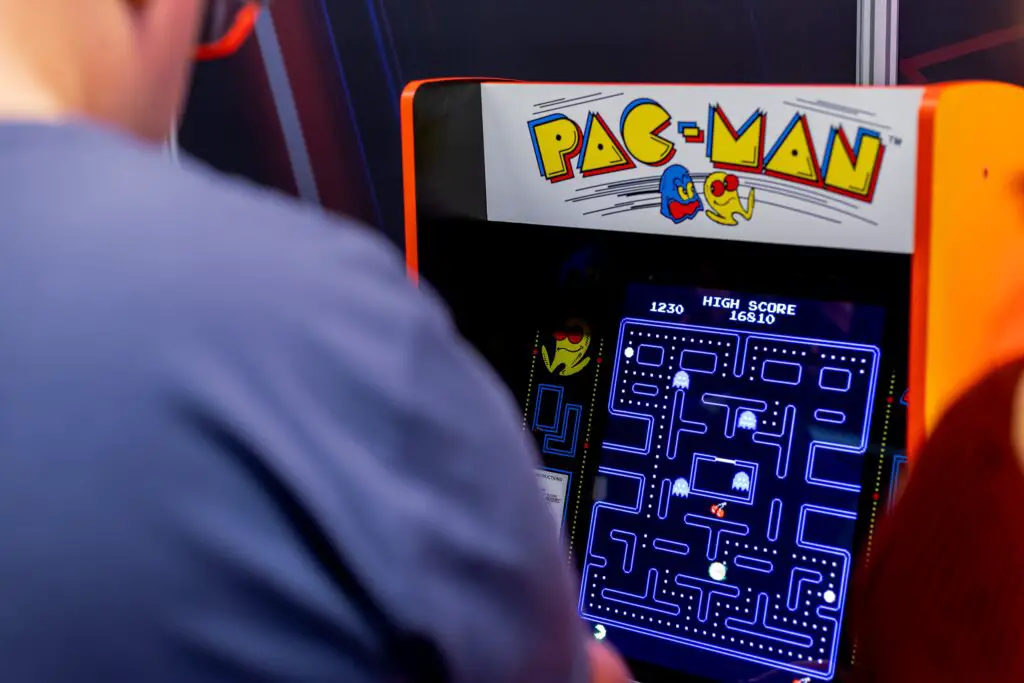
When Pac-Man fever swept the world, a cereal wasn’t far behind. Pac-Man Cereal featured corn puffs and brightly colored marshmallows shaped like the ghosts and the hero himself. It was sugary, crunchy, and pure marketing genius for a while. The commercials played up the arcade craze, practically begging kids to make the leap from game to breakfast table.
The cereal didn’t last long, but it made a mark as one of the most blatant kid-targeted products of its era. Parents today would probably raise an eyebrow at such a sugar-saturated product tied to a video game obsession. Add in the artificial coloring, and it’s clear why it vanished. Pac-Man still chomps dots in arcades, but his cereal days are long gone.
8. C-3PO’s Cereal
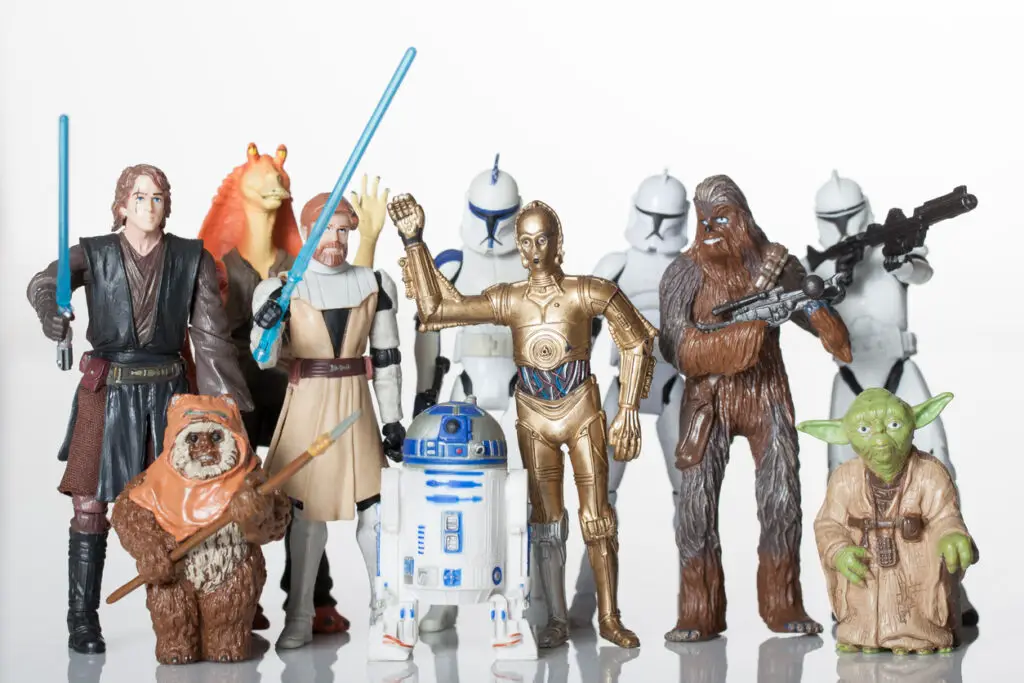
Even Star Wars wasn’t immune to the cereal craze. C-3PO’s Cereal, released in the mid-’80s, was made of sweetened corn and oat pieces shaped like little figure-eights. While it wasn’t the worst offender in terms of sugar, it was still marketed more as a collectible tie-in than as actual food. Kids wanted the box just as much as the cereal inside.
Nutritionally, it didn’t bring much to the table beyond sugar and empty carbs. The novelty sold it, not the ingredients. With today’s stricter advertising rules around marketing to children, a product like this wouldn’t get greenlit in the same way. It’s another example of a cereal that was more about pop culture than breakfast.
9. Rocky Road Cereal
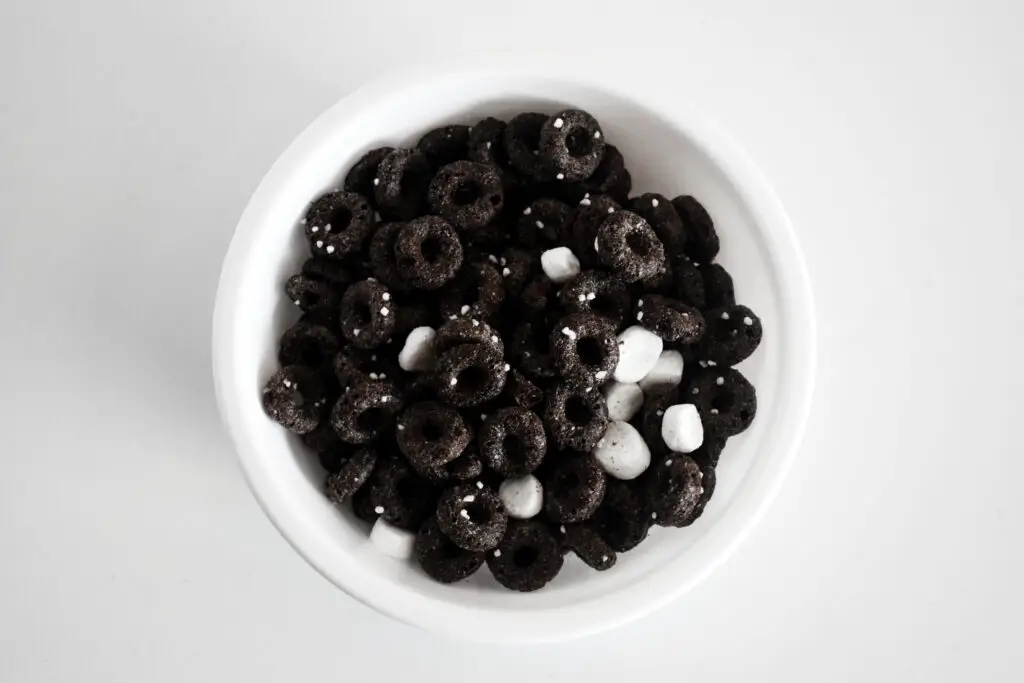
Imagine dessert in a bowl, and you’ll get the idea behind Rocky Road Cereal. Chocolate-flavored puffs, marshmallows, and nuts were meant to mimic the ice cream flavor. It was like a sundae without the freezer, marketed as something you could eat every morning. The sugar levels were through the roof, and it wasn’t shy about being more treat than meal.
For a while, kids thought it was the best thing ever, but parents eventually caught on. With today’s nutritional standards, Rocky Road would never fly as a breakfast option. It’s closer to a candy mix than cereal. Looking back, it’s hard to believe anyone thought this was a reasonable way to start the day.
10. Mr. T Cereal
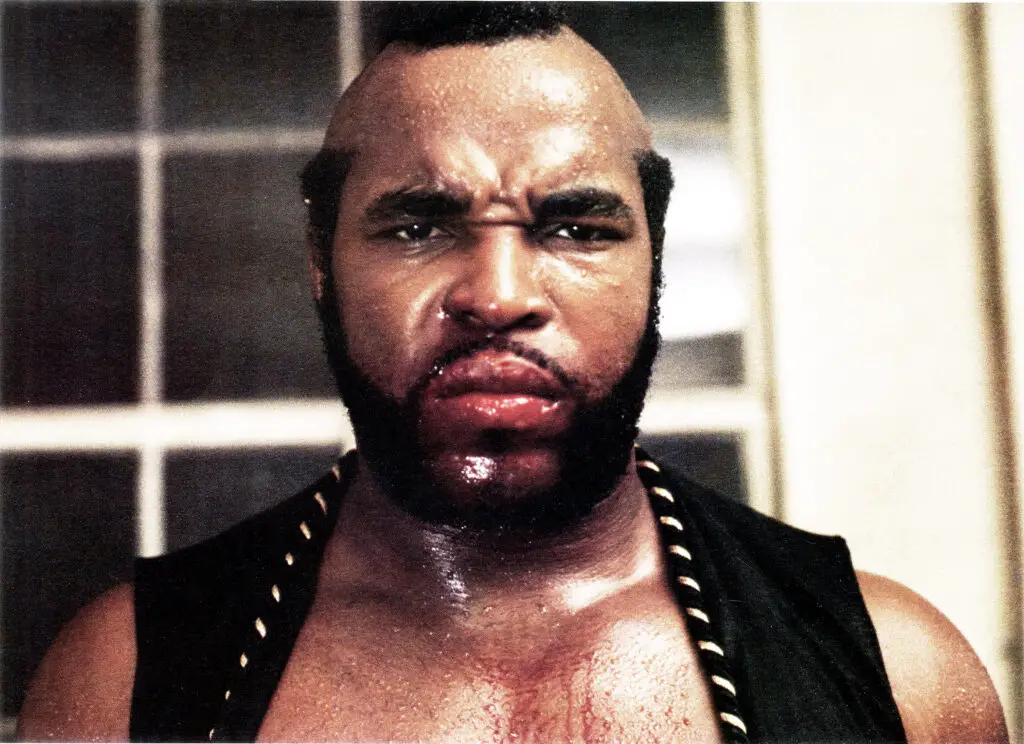
In the ’80s, Mr. T was a cultural icon, so of course he got his own cereal. The pieces were shaped like little T’s and coated with a sweet glaze. The box featured his tough-guy image, making it irresistible to kids who watched The A-Team. But despite the flashy branding, the cereal was little more than sugary corn puffs.
It didn’t offer much nutritional value, and the marketing leaned heavily on Mr. T’s image to sell it. Today, this kind of celebrity-endorsed sugar cereal would raise questions about responsible advertising. While it’s fondly remembered by fans, it would be hard to justify on shelves now. Mr. T pitied the fool who didn’t buy his cereal, but parents today might pity the kid who ate it.
11. Crazy Cow
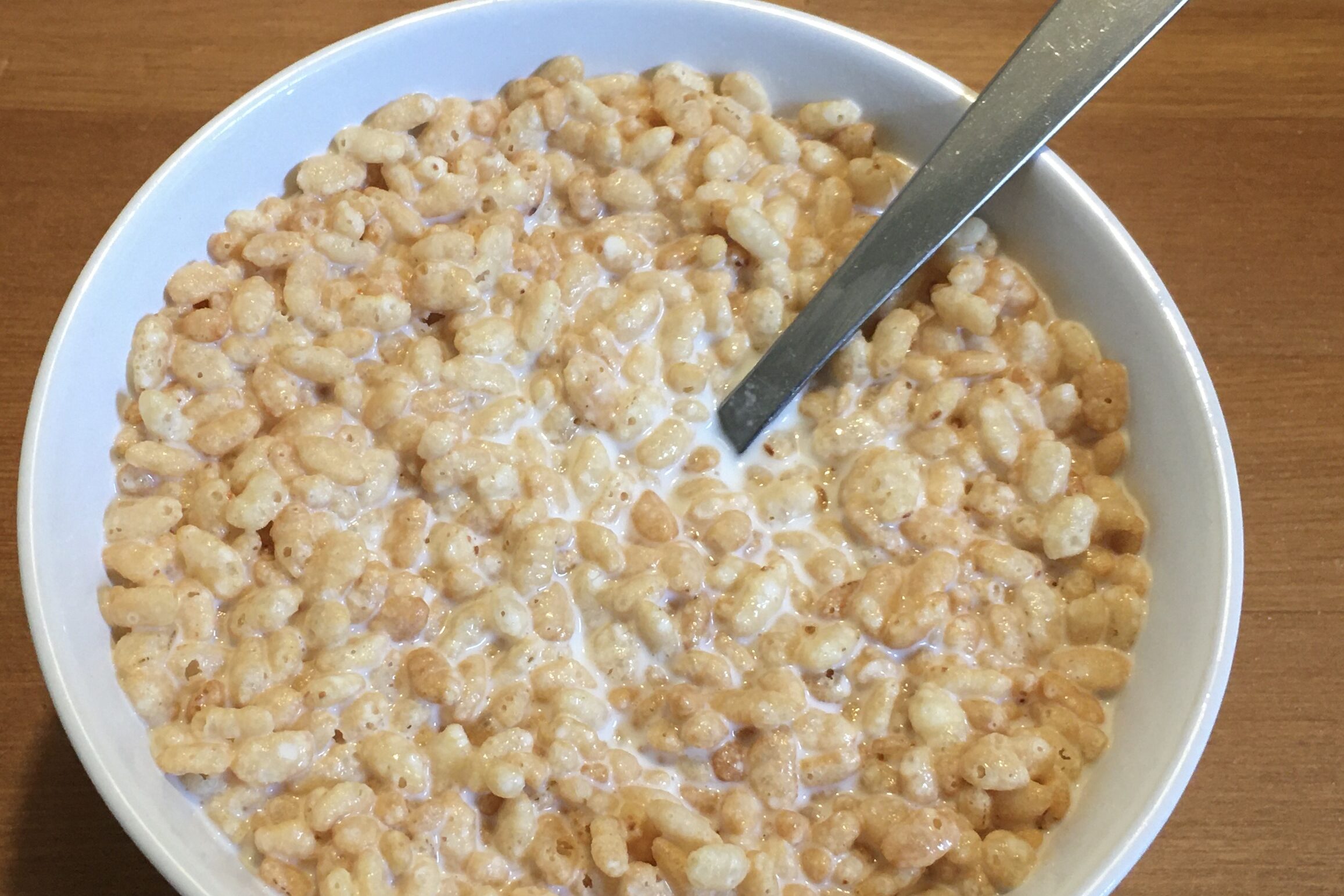
This quirky cereal came in strawberry and chocolate flavors, and when you poured milk over it, the milk turned pink or brown. It was like an instant milkshake paired with your breakfast. Kids loved the magic of watching the colors change, but parents weren’t so thrilled about the sugar rush. It was essentially sweetened corn puffs with flavored powder.
It’s no surprise it didn’t last long. The dyes and sugar levels wouldn’t hold up in today’s more health-conscious market. While nostalgic fans might miss the fun gimmick, it’s clear why it was pulled from shelves. A cereal that doubles as a sugary drink mix wouldn’t pass muster today.
12. E.T. Cereal
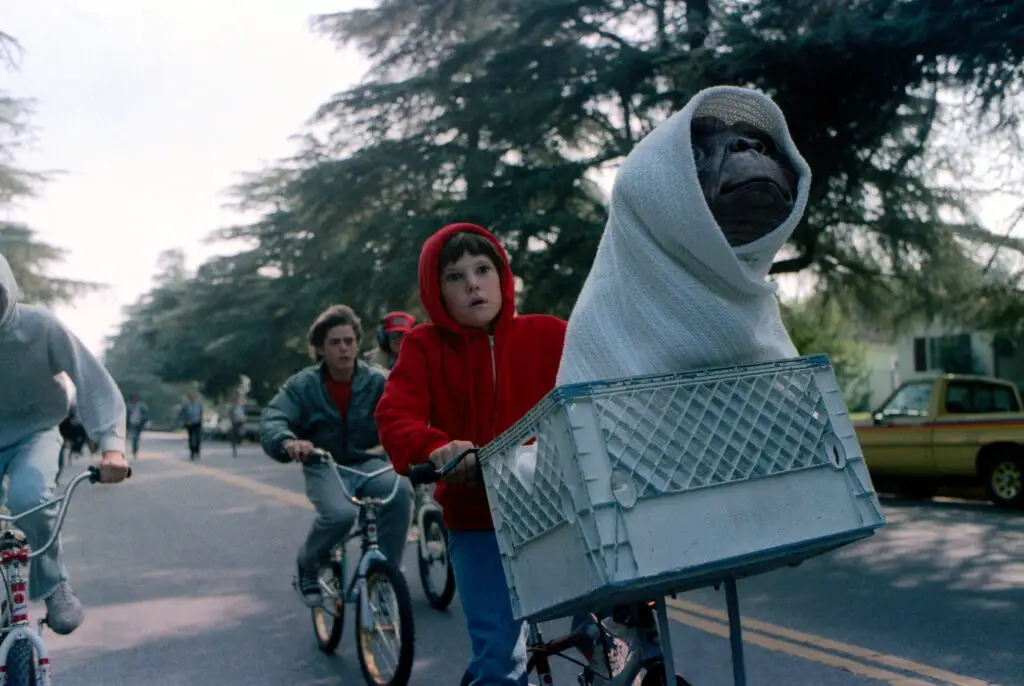
Released to cash in on the success of the blockbuster film, E.T. Cereal was a mix of peanut butter and chocolate-flavored pieces. It sounded good on paper, but it was basically candy disguised as cereal. The packaging leaned heavily on the lovable alien’s image, which made it irresistible to kids in the early ’80s. It didn’t matter what it tasted like, as long as it had E.T.’s face on the box.
The cereal didn’t stick around very long, but while it lasted, it was another example of pop culture driving breakfast choices. Today, a movie tie-in cereal loaded with sugar wouldn’t survive scrutiny. Parents would see it for what it was, a marketing gimmick with no real nutritional value. E.T. may have phoned home, but his cereal wouldn’t make it to modern shelves.
13. Yummy Mummy
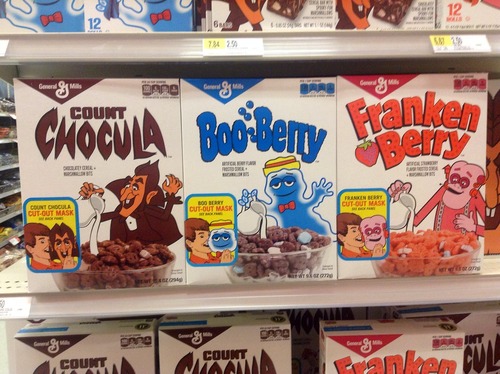
As part of the Monster Cereal line, Yummy Mummy was introduced in the late ’80s with fruit-flavored pieces and marshmallows. It was designed as a companion to Count Chocula and Franken Berry, but with an even brighter, more candy-like taste. Kids loved the colorful shapes, but parents weren’t thrilled about the sugar overload. It was like pouring a rainbow of artificial flavor into your breakfast bowl.
Despite the fun branding, it faded away quickly, remembered mostly by collectors and nostalgia buffs. Today, Yummy Mummy would face criticism for its dye content alone, not to mention the sugar. It’s another reminder that cereals of the past often cared more about fun gimmicks than health. As much as fans miss it, Yummy Mummy belongs to a different era of breakfast.
14. OJ’s Cereal
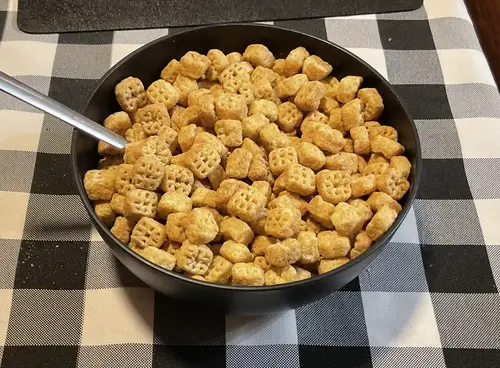
In the mid-’80s, Kellogg’s thought it would be a good idea to capture the taste of orange juice in cereal form. OJ’s Cereal was pitched as a citrusy breakfast option, but the reality was far less appetizing. Imagine pouring milk over bright orange puffs that promised the zing of juice but instead delivered an odd, tangy sweetness. Kids were confused, parents were skeptical, and it didn’t take long for OJ’s to disappear.
Today, this kind of cereal would face serious backlash, not just for its strange flavor combination but for the sugar and artificial colorings packed inside. Parents are far more cautious about anything that feels like a chemistry experiment in a bowl. OJ’s Cereal might be remembered fondly by those who tried it once or twice, but it’s a classic example of a product that wouldn’t survive today’s health standards.
15. Hidden Treasures
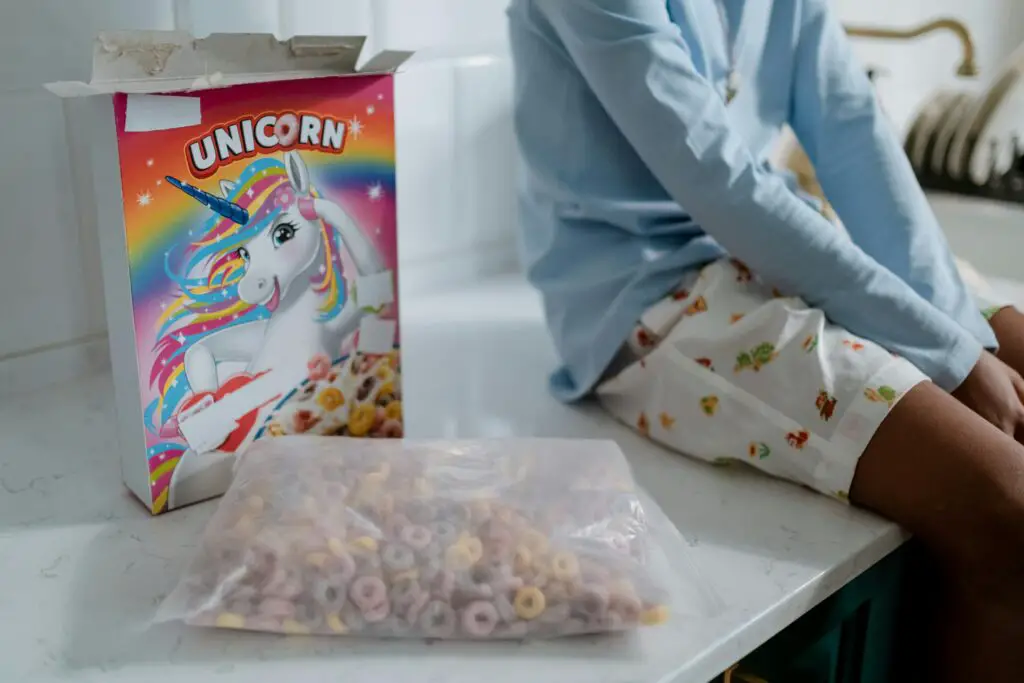
This ’90s cereal was a little adventure in a box. Each crunchy square looked plain on the outside, but some were filled with bursts of fruit-flavored goo. It was like a breakfast version of Gushers, and kids loved the surprise of biting into one and not knowing if you’d hit the jackpot. The downside, of course, was that the filling was basically liquid sugar.
Health experts today would call this more of a snack than a breakfast food. The gooey centers and sugar coating made it one of the most indulgent cereals of its time. Add in the artificial dyes and flavorings, and it’s clear why it wouldn’t fly in today’s market. Hidden Treasures was fun while it lasted, but nutrition wasn’t exactly its strong suit.
16. Batman Cereal
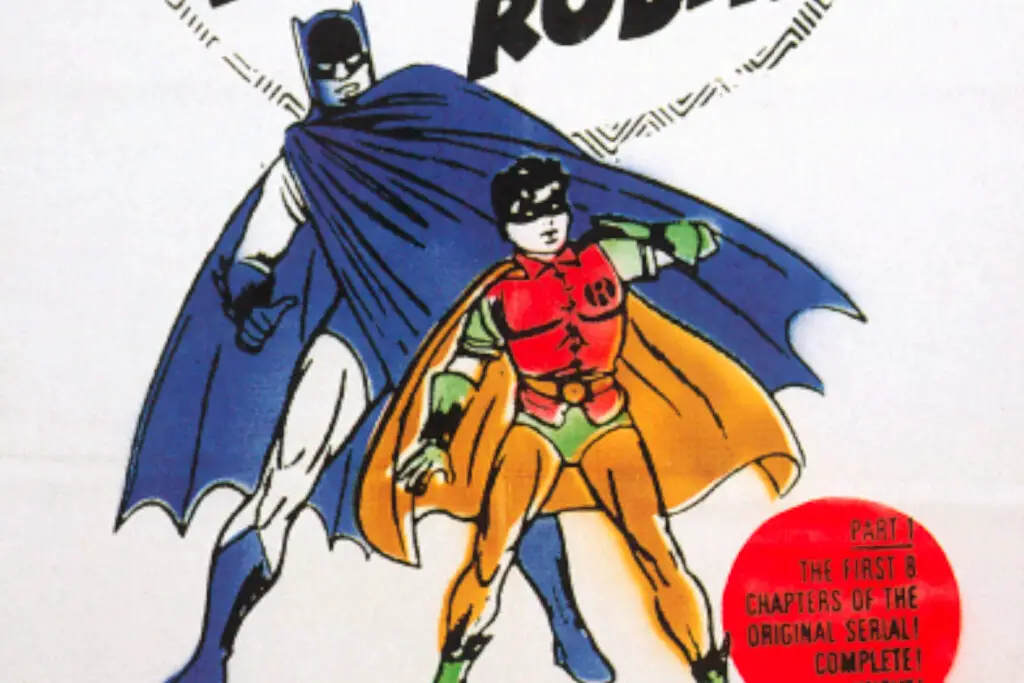
When Tim Burton’s Batman movie hit theaters in 1989, a tie-in cereal was almost inevitable. The box was jet black with the iconic yellow bat symbol, making it an instant must-have for fans. Inside were bat-shaped corn pieces with a heavy sugar glaze, more about appearance than nutrition. Kids begged for it because of the packaging, not because it tasted great.
The cereal was really just another sugary corn puff dressed up in superhero branding. Today, a product like this would be seen as blatant marketing aimed at kids, with very little actual food value. Between the sugar, artificial flavors, and the lack of nutrients, Batman Cereal wouldn’t stand a chance under today’s stricter standards. It’s a nostalgic collectible now, but not something you’d see in a modern breakfast aisle.
17. Freakies
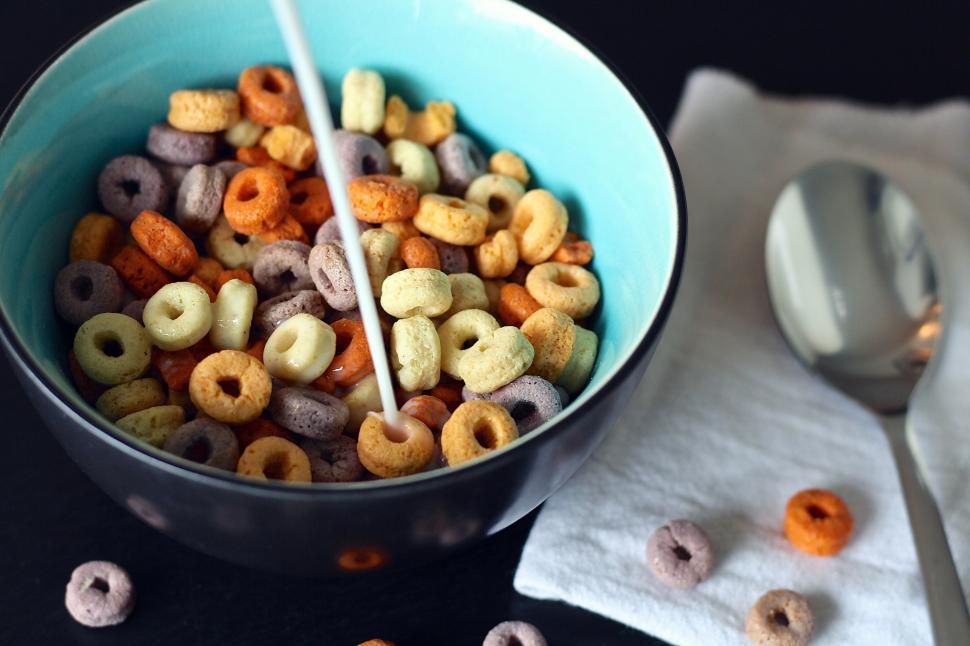
Launched in the ’70s, Freakies stood out not just for its funky shapes but also for its bizarre mascots. The cereal itself was a sweetened puffed grain mix, but what really caught kids’ attention were the seven quirky cartoon “Freakies” characters featured in commercials. It was sugary, colorful, and perfectly designed to lure children with its strange charm.
The problem, of course, was that the cereal had more sugar than substance. Parents today would question both the nutritional content and the marketing tactics that leaned so heavily on fantasy characters. While the mascots have a cult following among cereal collectors, Freakies itself is remembered as another sugar bomb that wouldn’t hold up under current guidelines.
18. Rainbow Brite Cereal
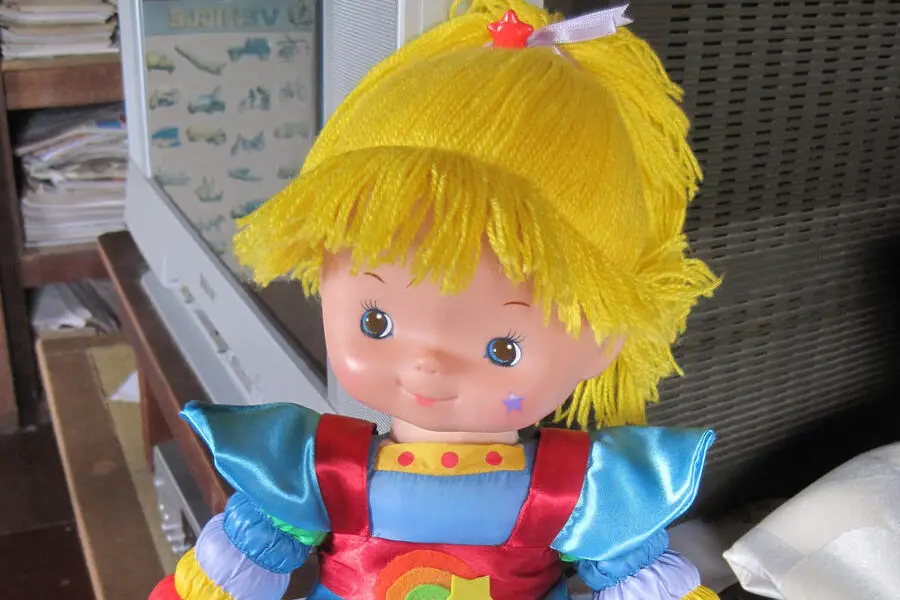
In the mid-’80s, Rainbow Brite was a toy and cartoon sensation, so naturally she got her own cereal. It featured brightly colored sweetened bits that looked magical to kids but probably made parents cringe. The cereal promised a cheerful start to the day, but the ingredient list was heavy on sugar and food coloring. Every spoonful was essentially candy disguised as breakfast.
A product like this would never make it past today’s stricter marketing and nutritional scrutiny. Parents are far more conscious of dyes, especially ones that can turn milk rainbow-colored. While the tie-in was clever at the time, it’s easy to see why Rainbow Brite Cereal vanished quickly. It’s remembered fondly by fans of the character but wouldn’t have a place on shelves now.
